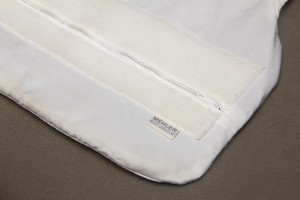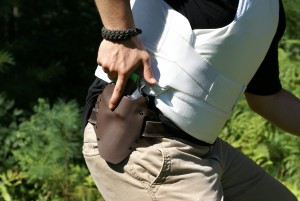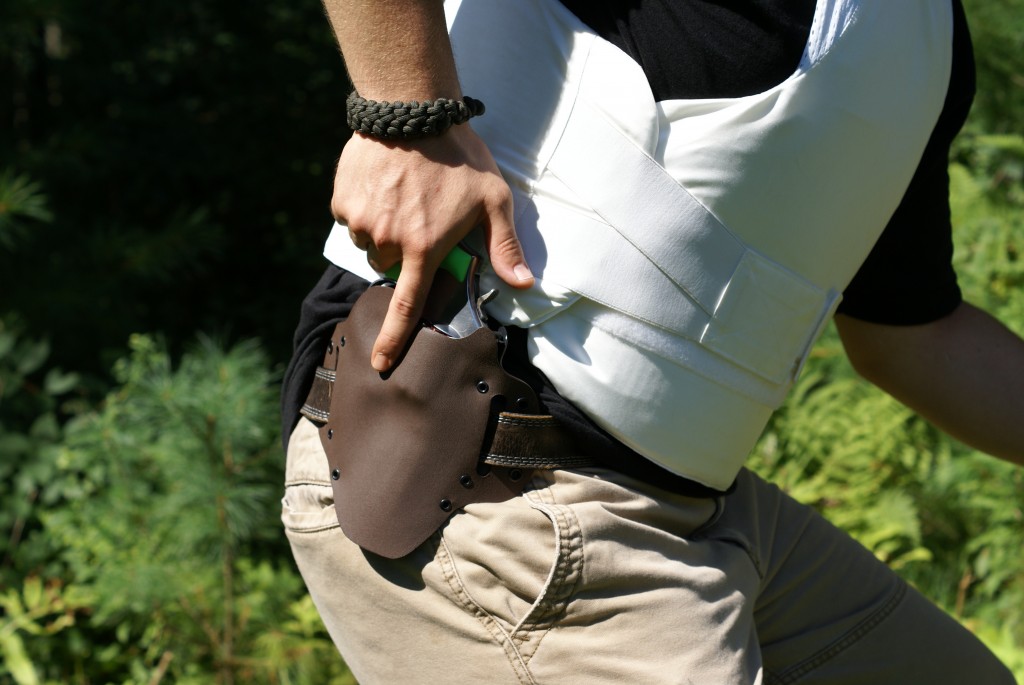[box type=”info”] This is a guest post provided by SafeGuard Armor. I’m publishing this because I hear these questions pretty regularly and it’s always good to have a reference. Thanks to Chris and the gang at Safeguard Armor for putting this together for us. -Shawn[/box]
How to pick a bullet proof vest
How do you know which Bullet Proof Vest is Right for your Ammunition?
 As a gun-owner, you need to treat your own personal safety, and that of others, with the utmost sincerity. Bullet Proof Vests are a vital accessory, no matter the caliber of ammo you’re using or the environment you’re in: you never know when accidents may happen. Whether you inadvertently fire upon another person, or vice versa, protective vests can prevent injury and save lives.
As a gun-owner, you need to treat your own personal safety, and that of others, with the utmost sincerity. Bullet Proof Vests are a vital accessory, no matter the caliber of ammo you’re using or the environment you’re in: you never know when accidents may happen. Whether you inadvertently fire upon another person, or vice versa, protective vests can prevent injury and save lives.
Are you new to shooting? As a novice gun-hobbyist, you may be unsure which body armors are available, and what types of ammunition they protect against. Are you a seasoned firearms-enthusiast? Perhaps you need a refresher, or want to upgrade to a higher level of protection. Either way, for shooters of all stages, this guide offers advice on choosing the right vest to handle most rounds.
Bullet Proof Vests: Levels and Limits
 Manufacturers produce body armor in six levels. Each vest is tested and rated by the National Institute of Justice (NIJ), before being placed in a specific level based on the amount of protection it offers against certain ammunition. Ballistic vests are made with multiple layers of Kevlar, which absorbs a round’s energy on impact, redistributing it throughout the vest and flattening the tip
Manufacturers produce body armor in six levels. Each vest is tested and rated by the National Institute of Justice (NIJ), before being placed in a specific level based on the amount of protection it offers against certain ammunition. Ballistic vests are made with multiple layers of Kevlar, which absorbs a round’s energy on impact, redistributing it throughout the vest and flattening the tip
The NIJ’s 0101.04 rating scheme is accepted as the international standard. Be sure to cross-check your armor’s rating with the type of rounds you’re using before you start shooting.
NIJ level I is designed to protect against .22 caliber LR LRN and .380 ACP FMJ LRN rounds, with masses and velocities of of 2.6g & 320 m/s, and 6.2g & 312 m/s respectively.
Level IIA stops 9mm rounds of a lower velocity (332 m/s) and a mass of 8.0g, as well as .40 S&W (11.7g, 312 m/s).
Level II will defend against higher-velocity 9mm rounds (358 m/s), and .357 Magnum ammo (10.2g, 425 m/s).
Level IIIA vests should be worn when firing either .44 Magnum rounds (hitting at 426 m/s) or 9mm sub-machine gun bullets (also with a velocity of 426 m/s). This is the highest level of protection available as soft armor, and can be comfortably concealed.
The final two levels of protection are hard armors, with a semi-rigid Kevlar construction to resist the most heavy-duty ammunition. Level III vests are designed to stop high-caliber rifle-fire, including such rounds as: 223 Remington FMJ, 30 Carbine FMJ,and 12 gauge. Given the additional bulk of this armor, it can only be worn over clothing.
Level IV armor features ballistic plates alongside Kevlar to stop armor-piercing rounds, such as the .30 caliber M2 AP type, hitting with a velocity of 878 m/s. Plates may be made of ceramics or steel, and should be replaced immediately after taking a hit. You’ll only need this level of protection when shooting the most high-caliber guns, and though these are heavier and more expensive than lower-level vests, additional weight and expense should never put you off – the potentially life-saving value these offer well outweighs other considerations.
How Important is the Right Size?
To provide the maximum amount of protection, bullet proof vests should be the ideal fit for your size and shape. How do you know what this is? Armor must sit comfortably against the torso, and give total coverage of the vital organs: it shouldn’t gape, or feel restrictive. A vest should reach no lower than your navel area – any lower, and it may prove cumbersome.
Armor too big or too small for your shape might leave you vulnerable to danger. Imagine you’re at the range, rifle in hand, fixing the target in your sights: an oversized vest may push up into your throat as you lift the firearm to your preferred shooting position – a distraction you want to avoid. Conversely, a vest that’s too small may feel too tight and inhibit your freedom of movement.
Be sure to measure your height and chest before you order any armor (ask a friend to help, to make sure it’s as accurate as possible). Compare your results with your supplier’s size chart, and ask for their advice if still in doubt. Whether you need overt armor (which sits over clothing) or cover armor (worn underneath clothing), be sure to measure yourself while wearing the additional layers you normally wear while shooting.


You must be logged in to post a comment.